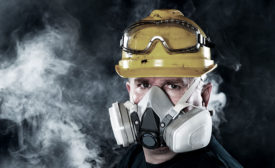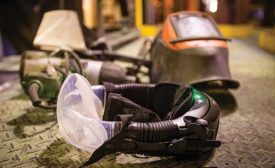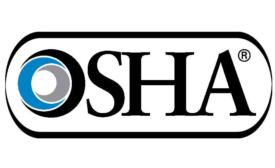Home » Keywords: » respiratory proection standard
Items Tagged with 'respiratory proection standard'
ARTICLES
OSHA’s interpretation of facial hair and respirator fit
From a 2016 OSHA Letter of Interpretation:
January 10, 2017
Get our new eMagazine delivered to your inbox every month.
Stay in the know on the latest safety trends.
SUBSCRIBE TODAYCopyright ©2024. All Rights Reserved BNP Media.
Design, CMS, Hosting & Web Development :: ePublishing



